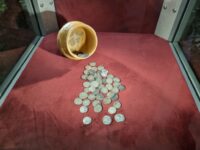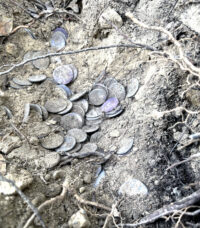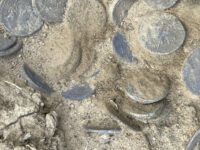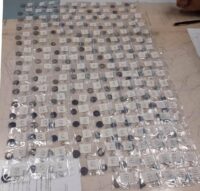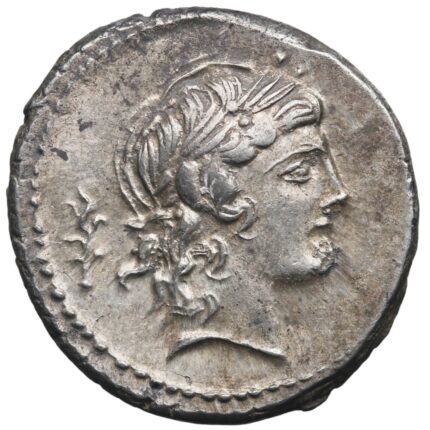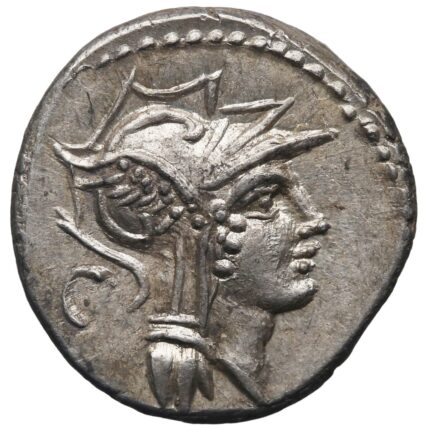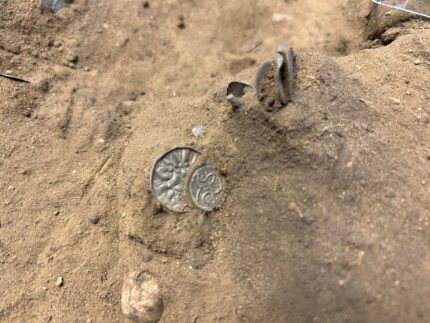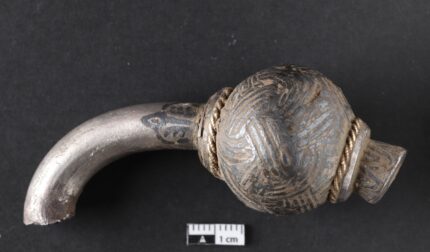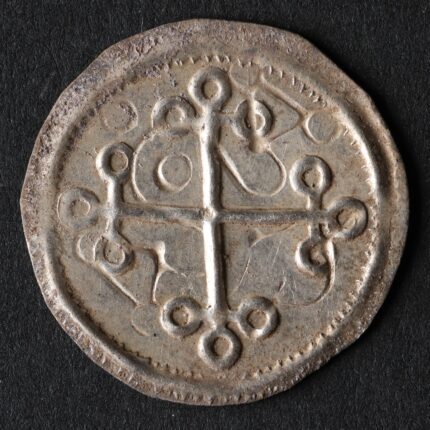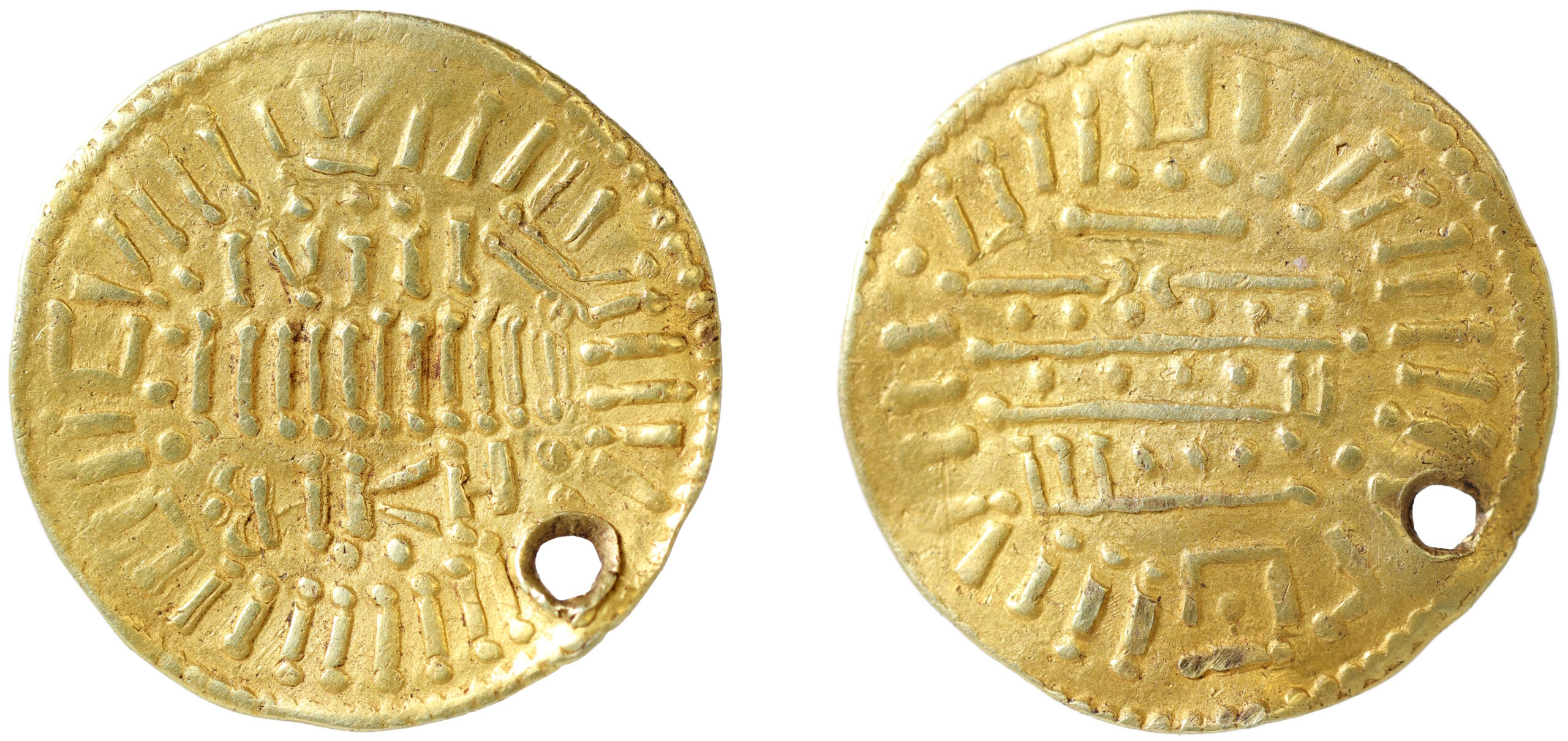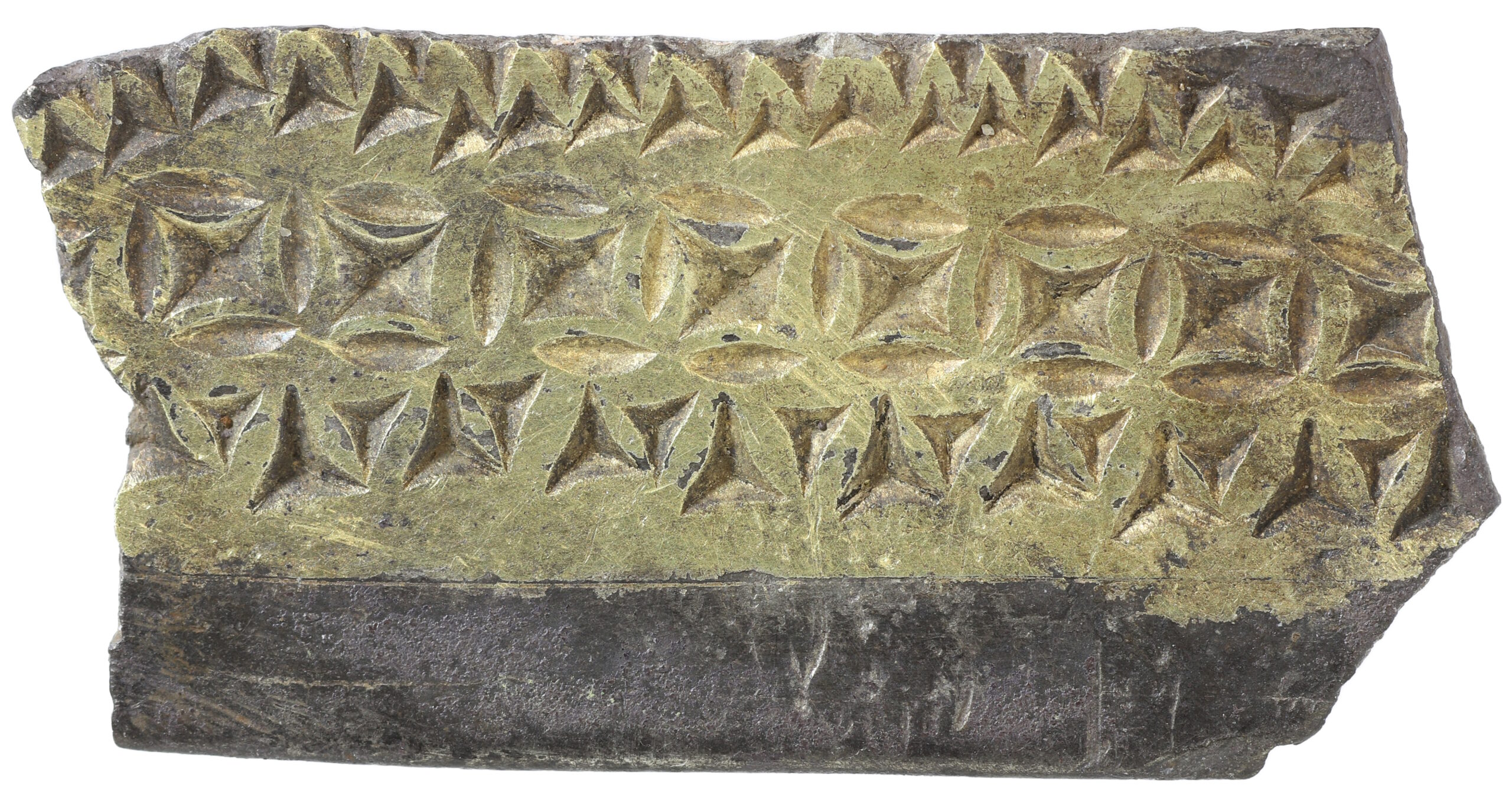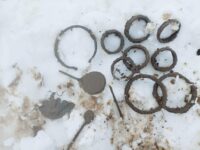 A metal detectorist looking for a World War I artifacts near Turobin, eastern Poland, found a hoard of Bronze Age jewelry instead. They were produced by the Lusatian culture in the waning era of their dominance in the region, ca. 550-400 B.C. Lusatian artifacts are extremely rare finds in this part of Poland, and the ones that have been discovered are usually individual pieces or fragments.
A metal detectorist looking for a World War I artifacts near Turobin, eastern Poland, found a hoard of Bronze Age jewelry instead. They were produced by the Lusatian culture in the waning era of their dominance in the region, ca. 550-400 B.C. Lusatian artifacts are extremely rare finds in this part of Poland, and the ones that have been discovered are usually individual pieces or fragments.
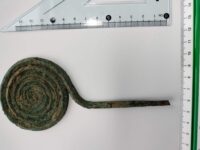 Łukasz Jabłoński, armed with a permit from the Provincial Office for the Protection of Monuments in Lublin, scanned the field on January 21, 2023. Digging under the snow, he found 13 bronze artifacts 8-10 inches under the surface of the soil. He immediately reported his discovery to the conservation office in Zamość and turned in the objects.
Łukasz Jabłoński, armed with a permit from the Provincial Office for the Protection of Monuments in Lublin, scanned the field on January 21, 2023. Digging under the snow, he found 13 bronze artifacts 8-10 inches under the surface of the soil. He immediately reported his discovery to the conservation office in Zamość and turned in the objects.
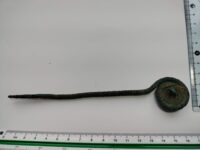 The 13 pieces include a cloak pin 6 inches long with a large spiral twisted wire terminal 2.8 inches in diameter. The pointed tip of the pin is missing. A second pin is even longer — 6.5 inches — and is intact with its pointed end. The head is a smaller spiral 1.2 inches in diameter with a decorative knob in the center.
The 13 pieces include a cloak pin 6 inches long with a large spiral twisted wire terminal 2.8 inches in diameter. The pointed tip of the pin is missing. A second pin is even longer — 6.5 inches — and is intact with its pointed end. The head is a smaller spiral 1.2 inches in diameter with a decorative knob in the center.
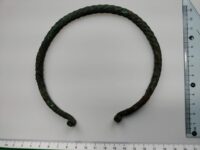 Another stand-out piece is a twisted neck torc in penannular shape made from a single piece of bronze wire with tapered ends. The twisting technique was an advanced metalworking skill, especially using bronze because it hardens quickly and must be annealed repeatedly during the twisting process to prevent it from breaking.
Another stand-out piece is a twisted neck torc in penannular shape made from a single piece of bronze wire with tapered ends. The twisting technique was an advanced metalworking skill, especially using bronze because it hardens quickly and must be annealed repeatedly during the twisting process to prevent it from breaking.
 There are also eight bracelets in the group: two 4.7 inches in diameter made of thick bronze wire with blunt overlapping ends, two made of single-stranded flat wire (one undecorated, the other incised with herringbone lines), and four massive ones three inches in diameter with overlapping ends.
There are also eight bracelets in the group: two 4.7 inches in diameter made of thick bronze wire with blunt overlapping ends, two made of single-stranded flat wire (one undecorated, the other incised with herringbone lines), and four massive ones three inches in diameter with overlapping ends.
The hoard is now being conserved and studied at the Museum of the Biłgoraj 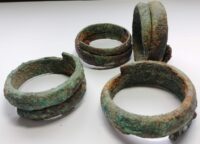 Land in Biłgoraj. The location of the find site has been kept secret to deter looters while archaeologists excavate it to find out more about the deposit and to look for any additional artifacts that might be in the area.
Land in Biłgoraj. The location of the find site has been kept secret to deter looters while archaeologists excavate it to find out more about the deposit and to look for any additional artifacts that might be in the area.
